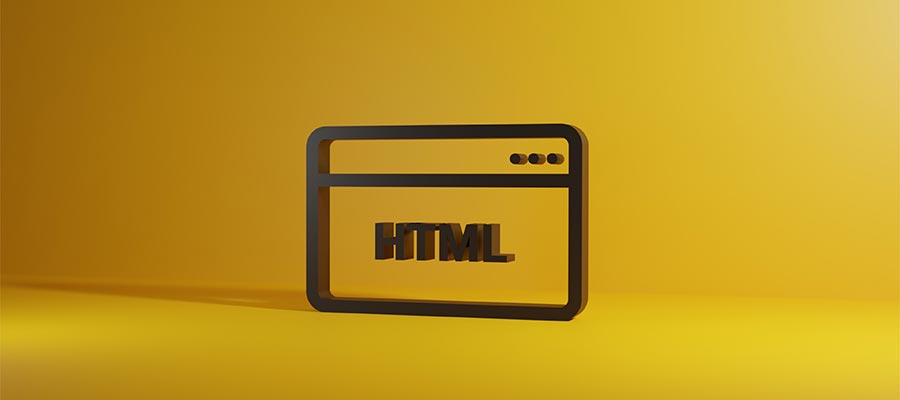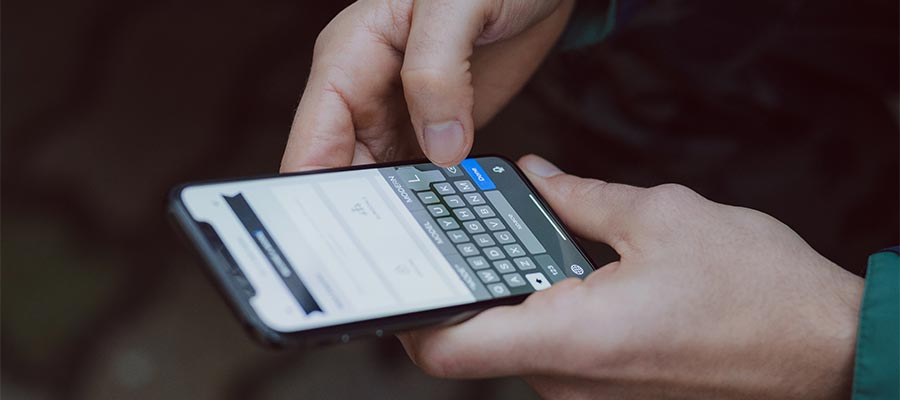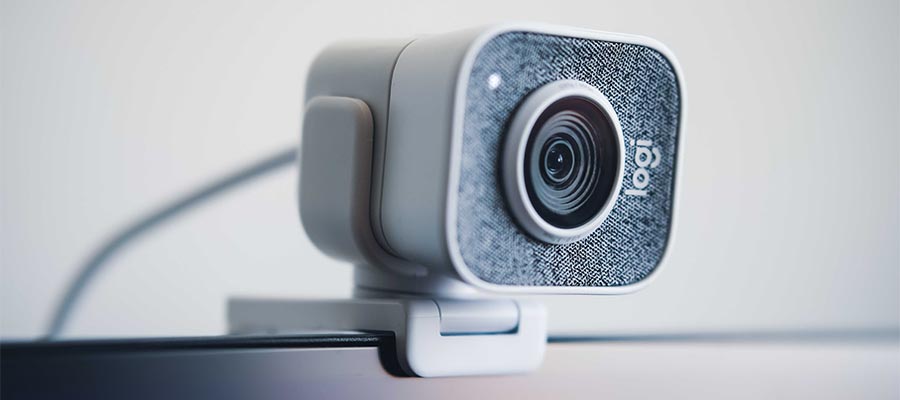How to Improve Client Email Communication for Web Designers
Communication is among the most important aspects of our relationship with clients. Much depends on our ability to effectively explain concepts and reach a mutual understanding. Creating positive project outcomes without it is nearly impossible.
Yet many web designers are stuck using the most impersonal form of communication: email. This creates barriers that can slow the design and development process to a crawl.
At the same time, there is an immediate convenience to email. We don’t always have time to hop on a remote meeting – let alone an in-person gathering. And while there are several collaboration tools available, they often have cost and setup barriers of their own.
To that end, it’s about making the most of the medium we use most often. Let’s explore some ideas for improving client email communication. Hopefully, it will result in getting everyone on the same page!
Start with the Basics of Accessibility
Accessibility isn’t just for websites. The emails we write should also follow best practices in this area. This is a key first step, as communication becomes increasingly difficult when a message isn’t legible.
And since messages rely heavily on text, typography plays a massive role. Choose a basic font that works on multiple platforms and is easy to read at a relatively small size (10 – 14pt). If your email app allows for custom line spacing, it’s worth tweaking to ensure that long paragraphs aren’t bunched together.
Color contrast is just as important in email as it is on the web. Use color combinations that comply with WCAG AA standards.
To further simplify the appearance, avoid using textured backgrounds or fancy themes. Even if they look OK on a desktop, they may be too complex for mobile users.

Take Advantage of HTML Formatting Options
The days of sending plain-text emails are gone. That’s a good thing, as support for HTML provides a variety of formatting options. This can help readers better absorb the content of your message.
Modern email apps include plenty of basics. That should be more than enough to make your content easy to follow. It’s not much different than using your favorite word processor.
The same rules apply. Use headings to create a visual separation between new topics. Ordered and unordered lists can be used to outline instructions or related thoughts on a topic. Adding relevant text links can replace the practice of pasting long URLs.
And the ability to add inline images can also come in handy. Images add context and make instructions easier to follow. They’re ideal for showing clients where to click, what to look for, or pointing out bugs.
Images can become unwieldy, though. Therefore, try to keep them minimal in terms of dimensions and file size. Oh, and don’t forget the ALT text!

Keep Content Focused and Relevant
Is there a hard limit to how long an email can be? Probably not. Should you try to find out? Please don’t.
Keeping emails short and to the point can be challenging. This is especially so for something as in-depth as a web project. There are so many technical and design details. Sometimes it’s difficult to know what to leave out.
Our best advice is to consider why you’re writing the message. For example, let’s pretend that you’re troubleshooting an error message. How can you ask the right questions without overwhelming your client?
Let the initial goal guide you. Try to stick to the basic facts of the issue. You might want to ask about the specific error message they experienced. From there, move on to where they saw it and what they were doing at the time.
It’s fine to leave out any extra commentary about PHP or how a recent software upgrade has been buggy. These items may be somewhat relevant, but could also take the focus away from the information you’re hoping to gather.
Creating a friendly atmosphere is also important. Making small talk can be an effective way to accomplish this. But it’s best reserved for a more casual conversation. Use your best judgment here.

Understand When Email Isn’t Effective
As we mentioned, email often feels impersonal. And the context of a message isn’t always obvious. As such, there are situations when it’s simply not the best way to communicate on a particular topic.
Basic misunderstandings are a prime example. When one party can’t accurately get their point across, email threads tend to get long. And continuing down this path is more likely to be a waste of time.
Plus, the level of resulting frustration can hurt your relationship. Not to mention the impact it can have on your project. The snowball effect of poor communication could make for an equally poor outcome.
Rather than pushing the issue, look for an alternate means of communication. A phone or video call might be just what is needed. Short of that, a real-time text chat could also improve understanding.
In the end, it’s about finding the best way to conduct business. Email isn’t always the answer.

Effective Emails = Happy Designers & Clients
Imperfect as it is, email is a part of our daily ritual. For all its shortcomings, it would be hard to imagine going back to the days of phone calls and snail mail for communication.
And since we spend so much time with email, it makes sense to harness its potential to the fullest. It starts with writing messages that are accessible, easy to read, and concise.
That covers web designers – but what about clients? Well, not everyone considers these things when writing an email. As they say, it takes all kinds of people to make a world.
But by following the tips above, you’ll hold up your end of the bargain. And you might influence your clients to do the same.